Standing NATO Mine Countermeasures Group One (SNMCMG1), currently led by the Latvian Navy ship Virsaitis, visited Stavanger, Norway, from 8 to 11 August 2025.
The port call included His Majesty’s Canadian Ships Edmonton and Yellowknife, alongside Virsaitis, which previously served in the Royal Norwegian Navy as HNoMS Vale.
SNMCMG1 provides the Alliance with a constant, high-readiness mine countermeasures capability, operating on rotation in the Baltic Sea, North Sea and eastern Atlantic. The visit came despite heavy weather from Storm Floris, which the group transited en route to Norway. According to NATO Maritime Command, operating through such conditions allows allied crews to refine interoperability and test readiness in unplanned circumstances.
During their stay in Stavanger, the ships opened for guided tours, celebrated Latvia’s 106th Navy Day with ceremonial dressing overall, and gave crews the opportunity to experience Norwegian culture. The port period also allowed for resupply ahead of the task group’s return to sea for continued operations.
Formed in 1973 as the Standing Naval Force Channel, SNMCMG1’s mission has expanded far beyond its original remit of ensuring safe navigation around the Channel and north-west Europe. This rotation is under the command of Commander Jānis Auce of the Latvian Navy, embarked aboard Virsaitis.
Standing NATO Mine Countermeasures Group 1 (SNMCMG1) is a North Atlantic Treaty Organisation (NATO) standing mine countermeasures immediate reaction force. Its role is to provide NATO with an immediate operational response capability. Activated at Ostend on 11 May 1973, the unit was initially known as Standing Naval Force Channel (STANAVFORCHAN).
In June 1999, STANAVFORCHAN and its sister force, Mine Counter Measures Force Mediterranean (MCMFORMED), were tasked to operate in the Adriatic Sea to clear ordnance jettisoned during Operation Allied Force. The combined force, consisting of 11 minehunters and minesweepers along with a support ship, conducted Operation Allied Harvest. This began on 9 June 1999, with search activities commencing three days later and lasting 73 days, during which 93 pieces of ordnance were located and cleared across nine areas covering 1,041 square nautical miles (3,570 km²).
From 3 September 2001, the unit was known as the Mine Countermeasures Force North Western Europe (MCMFORNORTH) and on 1 January 2005 it adopted its current name, Standing NATO Mine Countermeasures Group 1.



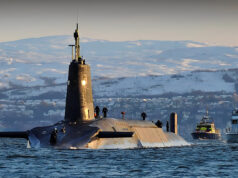

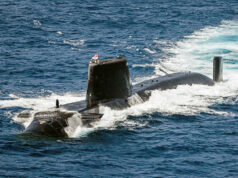

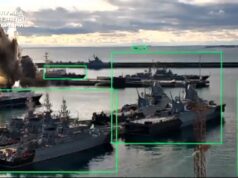
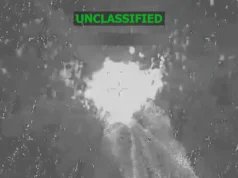
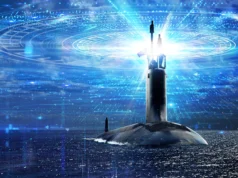

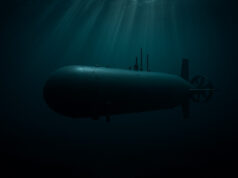


I believe that the RN assigned a MCMV and often a base ship (usually HMS Abdiel) to Standing Naval Force Channel for the entire 33 years that it existed. There is less chance of seeing one of the few remaining Hunt’s in SNMCMG1 or SNMCMG2 than spotting the Loch Ness monster. They can’t be spared from the critical tasking of safeguarding the approaches to Faslane.
Canada is slowly phasing out the Kingston class minesweepers (like the two listed above) over the next couple of years. They will be replaced by a corvette class with more firepower than the Kingstons and with mine countermeasures, to shore up the upcoming River class Destroyers and Submarines.